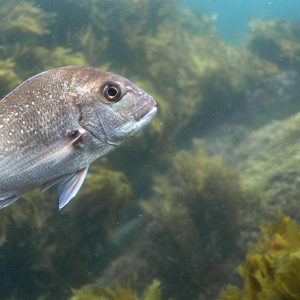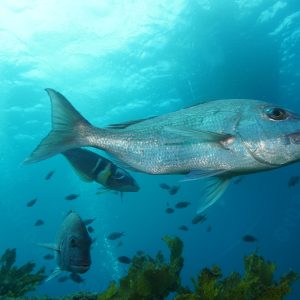Crayfish are a prized catch and important ecologically so it is critical we protect the fishery from over-exploitation. The Ministry for Primary Industries has just issued proposals for the future management of several fisheries, including the northern crayfish stock called CRA1.
LegaSea again objects short consultation timeframes, this time we only have 18 working days to review the proposals and submit. Despite the tight deadline, we will be responding. If you want to be kept informed of the latest developments please register online.
CRA1 extends from north of the Kaipara Harbour out west, to around Waipu on the east coast. Commercial catch is recorded and attributed to sub-management areas so localised abundance can be monitored. Compared to other stocks around the country CRA1 is in relatively healthy condition.

A recent study reveals the best size and numbers of crayfish caught commercially were taken at the Three Kings Islands and northwestern coast. Most recreational catch is taken in the Whangarei region and Bay of Islands. Overall, recreational catch for the 2013-14 year was estimated to be around 41 tonnes.
The Ministry propose to either retain the current total allowable commercial catch (TACC) of 131 tonnes, or increase it by 6.6 tonnes. This review obliges the Minister to set aside an annual, overall allowance for customary and recreational fishing interests, that’s us.
They propose a customary allowance of either 10 or 20 tonnes and a recreational allowance of 50 tonnes. Any new allowance made for non-commercial interests needs to take into account
current catch trends and allow for future growth.
Past management of our North Island crayfish fisheries has caused unnecessary controversy and conflict in coastal communities. For example, short-term concessions allowing commercial fishers to take undersize crayfish around Gisborne are still in place after 22 years!
A submission from you describing your family’s collective interests in having an abundant crayfish will help ensure the interests of recreational fishers are taken into account. Most of the advice the Minister receives is focused on maximising commercial returns so it up to us to provide some balance. We need to have a say now so future generations can access fresh crayfish.
Over the holiday period there has been positive feedback of crayfish catches from some northern areas. Maintaining and increasing abundance is important because the retail price of crayfish is already beyond many families’ budget.
And, in future, it is inevitable that more people will seek to catch their own crayfish for that special occasion.
Crayfish submission in response to the proposals.
Nathan Guy’s crayfish decision, issued in March 2015.





